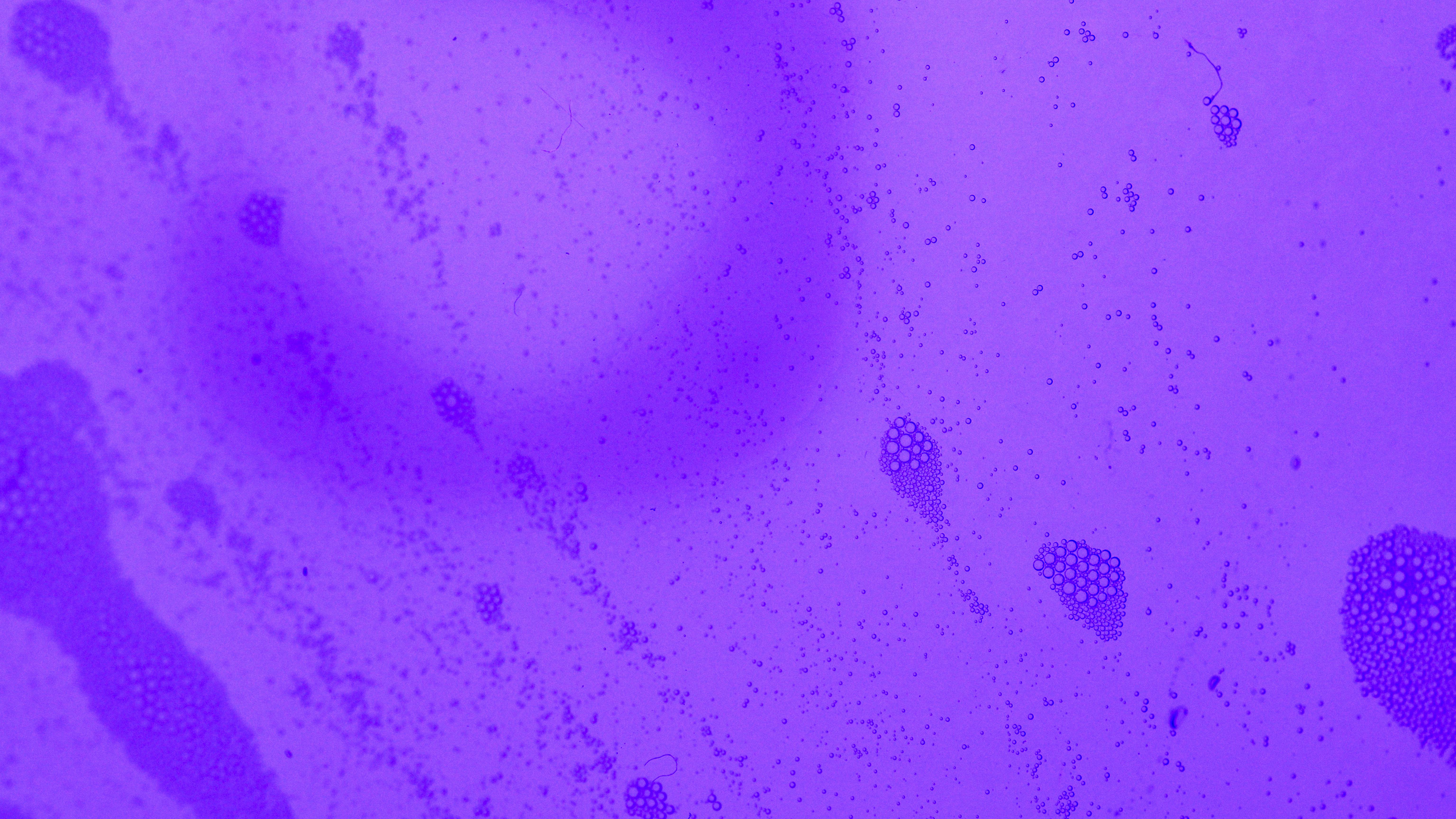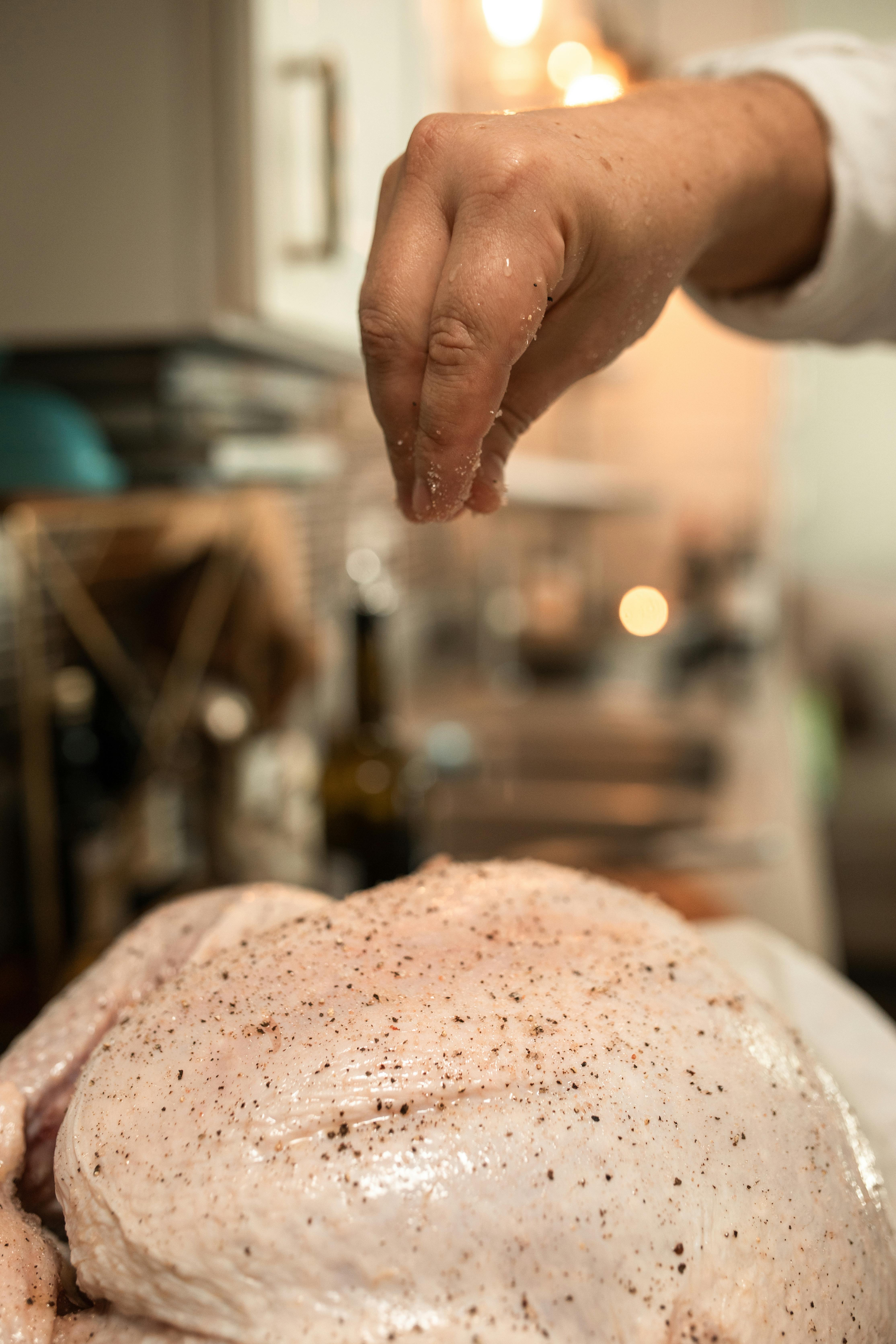
Effective Ways to Clean Cast Iron After Cooking in 2025
Cleaning cast iron cookware effectively is essential for maintaining its longevity and performance. The proper techniques can help prevent rust, retain the seasoning, and ensure that your cast iron skillet or pot remains a reliable kitchen companion. In this guide, we will explore various methods for cleaning cast iron, focusing on what tools and practices to employ to keep these durable cooking vessels in optimum condition. You will learn not only how to remove food residue but also how to maintain the integrity of the cast iron surface.
The benefits of cast iron cookware—such as its excellent heat retention and durability—are widely recognized. However, many users fear that cleaning will damage their skillets and lead to rusting. Modern cleaning methods can alleviate these concerns while preserving the seasoning, which contributes to the non-stick properties of the cookware. We will discuss the best practices for cleaning cast iron after cooking, a comprehensive approach that includes tackling tough stains and ensuring hygiene.
Alongside effective cleaning techniques, we will also cover storage tips after washing your cast iron cookware, providing you with a full-circle understanding of cast iron maintenance. By the end of this article, you’ll not only feel confident in cleaning your cast iron but also in keeping it in great shape for years to come.
Let’s dive into the essential cleaning methods and tips that will enhance your cast iron cookware experience.
Understanding Cast Iron Care: Importance of Proper Maintenance
Why Clean Cast Iron Properly?
Maintaining a clean cast iron skillet is crucial not just for hygiene but also for preserving its non-stick surface. When food particles are left behind, they can lead to unpleasant flavors and odors the next time you cook. Furthermore, improper cleaning can compromise the seasoning, which acts as a protective layer, preventing rust.
Common Misconceptions About Cast Iron Cleaning
Many people believe that soap should never touch cast iron. While it's true that soap can strip away seasoning, there are safe cleaning options available that allow for effective cleaning without complete depletion of your pan's seasoned layer. Understanding which cleaning agents can be safely used is vital for maintaining cast iron cookware.
The Right Tools for Cleaning Cast Iron
Investing in proper cleaning supplies is an integral part of effective cast iron cookware maintenance. Use a stiff brush specifically designed for cast iron, or choose a scrub sponge with an abrasive side that won’t scratch the surface. For deeper cleaning, some prefer tools like chainmail scrubbing pads or special stainless steel wool.
Creating a Daily Cleaning Routine
After every cooking session, develop a daily cleaning routine to keep your cast iron in top condition. Immediately after cooking, it’s better to let the pan cool slightly before cleaning. This routine not only simplifies the cleaning process but also helps in preventing stubborn food residues from hardening.
Post-Cleaning: Protecting Your Skillet
Once your cast iron is clean, it's essential to dry it thoroughly to prevent rust. Wipe it down with a cloth or paper towel and place it on a low heat for a few minutes to evaporate any remaining moisture. Applying a thin layer of oil afterward will help maintain the cast iron patina, ensuring longevity and non-stick capabilities.
Best Techniques for Removing Food Residue
Cleansing Methods: Water and Scrubbing
After cooking, one of the simplest ways to clean cast iron is to rinse it under hot water and scrub it with a stiff brush. Hot water helps to loosen food particles without damaging the seasoning. This method works particularly well for baked-on foods, as the steam helps to dissolve residues.
Vinegar and Salt Cleaning
A combination of vinegar and salt can work wonders when battling stuck-on food. Create a paste using equal parts vinegar and coarse salt to scrub away tough residue without harming your skillet. This eco-friendly solution is effective and safe for your cookware.
Baking Soda for Stubborn Stains
Baking soda can also serve as a natural abrasive when cleaning burnt cast iron. Sprinkle baking soda directly onto the pan and add a little water to form a paste. Use a scrub brush to gently clean the affected areas, thoroughly rinsing afterward.
High Heat Cleaning Method
If you encounter tough grime, consider preheating your oven or stovetop and placing the dirty cast iron inside for a brief duration. The heat can help dislodge food particles. Afterward, allow the pan to cool and clean with a brush or sponge.
Using Oil to Maintain a Non-Stick Finish
Utilizing oil for cleaning is an effective method many experienced cast iron users swear by. After rinsing, add a small amount of cooking oil to the warm skillet and wipe it around. This action preserves the seasoning and adds a protective layer, keeping your cast iron non-stick.
Maintaining the Seasoning of Cast Iron Cookware
Re-Seasoning Your Cast Iron
Over time, even the best-cared-for cast iron may require re-seasoning to maintain its optimal cooking surface. This is done by applying a layer of oil and baking the skillet upside down in the oven to harden the oil into the pan. Knowing when to re-season is a part of good cast iron care.
Signs of Seasoning Wear Distinction
Understanding the signs of seasoning wear can help you determine when it’s time to re-season. A change in color, dull appearance, or the presence of food sticking when cooking are tell-tale signs that your cast iron cookware needs this maintenance.
Tips for Preventing Rust on Cast Iron
Rust can be detrimental to cast iron cookware. To prevent it, ensure that your pan is adequately dried after cleaning and store it in a dry environment. Additionally, applying a thin layer of oil as a defensive coating can protect against moisture in the air.
Restoring Old Cast Iron
Restoration is sometimes necessary if your cast iron has developed rust. You can restore your cookware by scrubbing off the rust with a steel wool pad and then proceeding to re-season the pan to bring it back to life.
Long-Term Care for Cast Iron Cookware
To keep your cast iron investment thriving, develop a long-term care strategy that includes regular cleaning, re-seasoning, and protective measures against rust. This ensures you can enjoy the advantages of cast iron cooking for many years to come.
Exceptional Practices for Specific Cooking Situations
Cleaning Cast Iron After Frying
After using your cast iron for frying, allow it to cool slightly, then follow the steps outlined for daily cleaning. Be mindful to remove grease effectively using hot water and your chosen scrub brush to maintain cleanliness and hygiene.
Using Natural Products for Cleaning
For the environmentally conscious, employing natural products such as lemon juice or baking soda can provide an effective cleaning approach without harsh chemicals. These options can tackle tough stains and assist in keeping your cast iron healthy.
Cleaning Methods for Different Cuisine Styles
Your cleaning approach may depend on the type of dishes you prepare. Oil-heavy or heavily spiced foods might require more aggressive cleaning techniques compared to lighter cuisine. Understanding how to adapt your cleaning based on usage will enhance your cast iron maintenance strategy.
Cleaning Cast Iron Outdoors
When cleaning cast iron outdoors, ensure you have access to proper cleaning water and drying methods. Avoid abrasive tools that may strip seasoning and always apply a protective layer of oil before storage to safeguard against moisture.
Emergency Cleaning Tips
In situations where immediate cleaning is necessary—such as when food has burnt onto the cast iron—quickly employing a heated oil method can help in loosening debris for a swift clean-up. Having a plan for emergency cleaning will aid in long-term care.
Promoting Hygiene and Safety in Cast Iron Care
How to Wash Cast Iron Safely
Understanding the right technique for washing cast iron safely involves avoiding harsh detergents while maintaining hygiene. A simple scrub with hot water usually suffices and can avoid compromising the seasoning.
Addressing Dangers of Improper Cast Iron Cleaning
Improper cleaning can lead to a breakdown of the skillet's seasoning, which can introduce risks such as rust development and dangerous food contamination from leftover residues. Understanding these dangers emphasizes the importance of proper maintenance.
Ensuring Food Safety with Clean Cast Iron
It's essential to maintain a hygienic environment for food preparation within the cast iron skillets. Proper cleaning methods below temperature and close monitoring can help in reducing cross-contamination and enhance food safety.
Family Traditions in Cast Iron Care
In many households, cast iron cookware is passed down generations, with each family developing unique cleaning and care practices. Embracing these traditions can offer insights into maintaining cast iron effectively.
Final Thoughts on Cast Iron Maintenance
Effective maintenance of cast iron cookware culminates in an enjoyable cooking experience. Understanding how to clean and care for your cookware ensures that it can be utilized at maximum effectiveness, leading to better meals and a longer lifespan for your kitchen investment.

